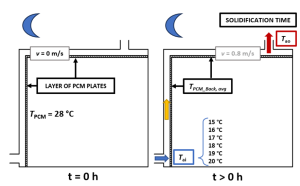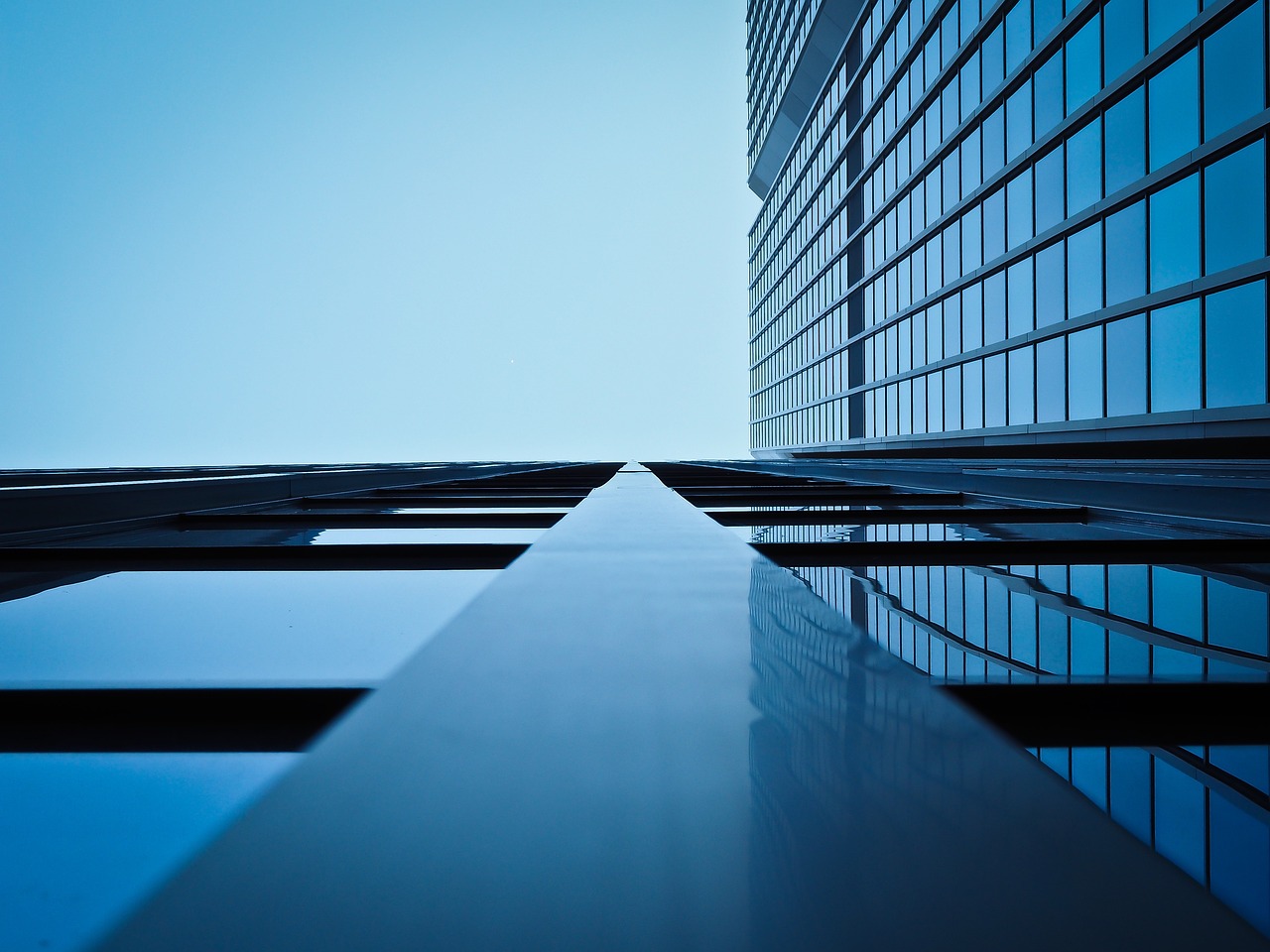In the paper Parametric study of an active-passive system for cooling application in buildings improved with free cooling for enhanced solidification, researchers from the Laboratory for Heating, Sanitary, Solar and Air Conditioning Engineering and the Laboratory for Refrigeration and District Energy (Process Mechanical Engineering), in collaboration with the Faculty of Civil Engineering and the National School of State Public Works (ENTPE), France, report on the improvement of thermal comfort and energy efficiency in buildings based on the deployment of active-passive systems to reduce overheating using phase change materials (PCM). The paper was published in Sustainable Cities and Society (IF=11.7).
Today, lightweight prefabricated buildings (frame structure and low-density thermal insulation as the predominant material in the wall composition) and buildings with a high proportion of window area are popular structural concepts. During the cooling season, lightweight prefabricated buildings can easily overheat as the buildings have a high thermal response due to low thermal storage. In contrast to active systems, passive systems (phase change materials (PCMs), which have a high thermal capacity at a selected phase change temperature) do not consume electricity to operate. PCMs serve as an alternative to a cooling system and can be implemented in active building systems or in building elements where buildings are cooled passively.

Schematic of the initial and boundary conditions for nighttime PCM solidification with six different inlet air temperatures investigated. The result is the corresponding outlet air temperatures and the average surface temperatures of the PCM panels, from which the solidification time is determined.
In this research a so called Active-Passive System (APS) was designed for passive cooling of the building interiors and active regeneration at night. In order to ensure sufficient cooling effect of the system in the daytime cycle, the PCM has to be fully solidified in the night time cycle. To improve the heat transfer from the PCM at night, a ventilated air gap was installed behind the wall and ceiling substructure of the PCM to cool the PCM with outdoor air.
The APS was investigated and designed based on a systematic literature review, an experimental investigation, a parametric analysis performed by a numerical model with computational fluid dynamics analysis, and a calculation of the energy use and operating costs of the APS.
You can read the article on the website: https://doi.org/10.1016/j.scs.2023.104960
